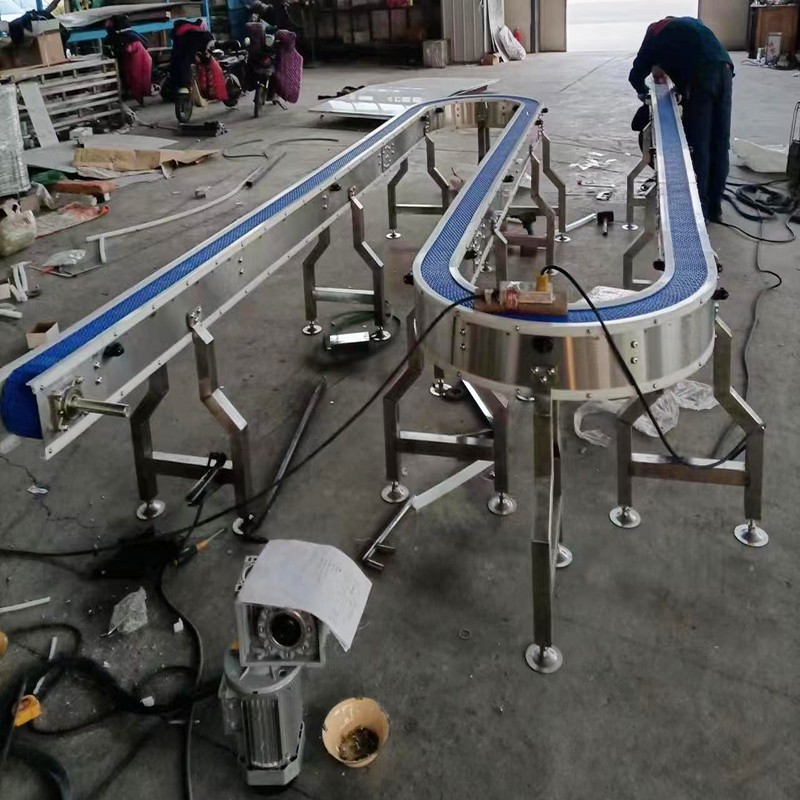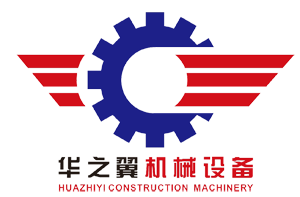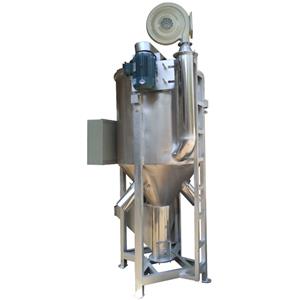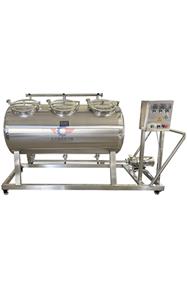Today we will talk about how the assembly line transports
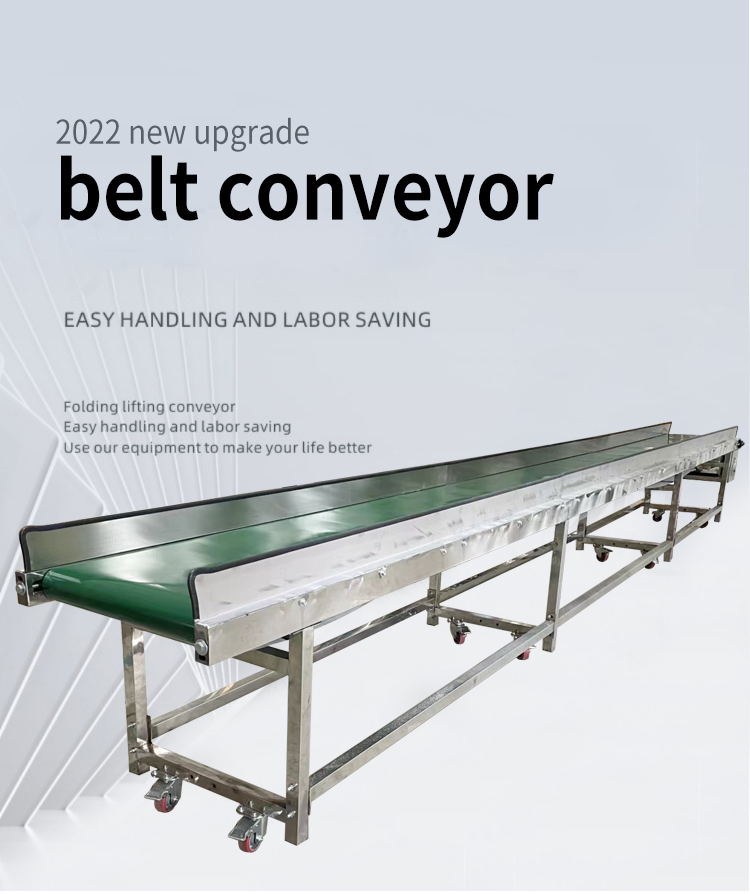
Belt conveyors have strong conveying capacity, long conveying distance, simple structure and easy maintenance, and can easily implement programmed control and automated operation. They are suitable for various industries such as electronics, hardware, machinery, chemical industry, food, forestry, mining, rubber, etc. Belt conveyors transport a wide variety of materials and have diverse structural forms In addition to being used for conveying ordinary materials, it can also be full It has characteristics such as oil resistance, heat resistance, corrosion resistance, and anti-static Specially required material transportation.
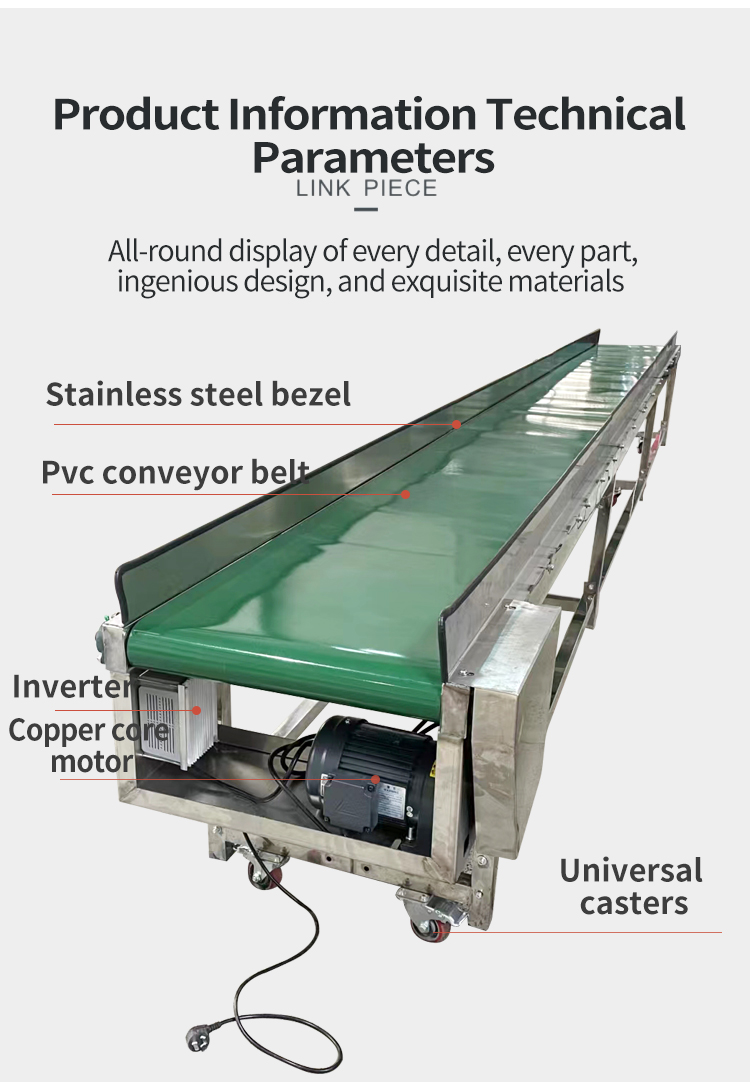
Belt conveyors are mainly composed of frames, conveyor belts, belt rollers, tensioning devices, transmission devices, etc. They have the advantages of large conveying capacity, simple structure, easy maintenance, and standardized components.
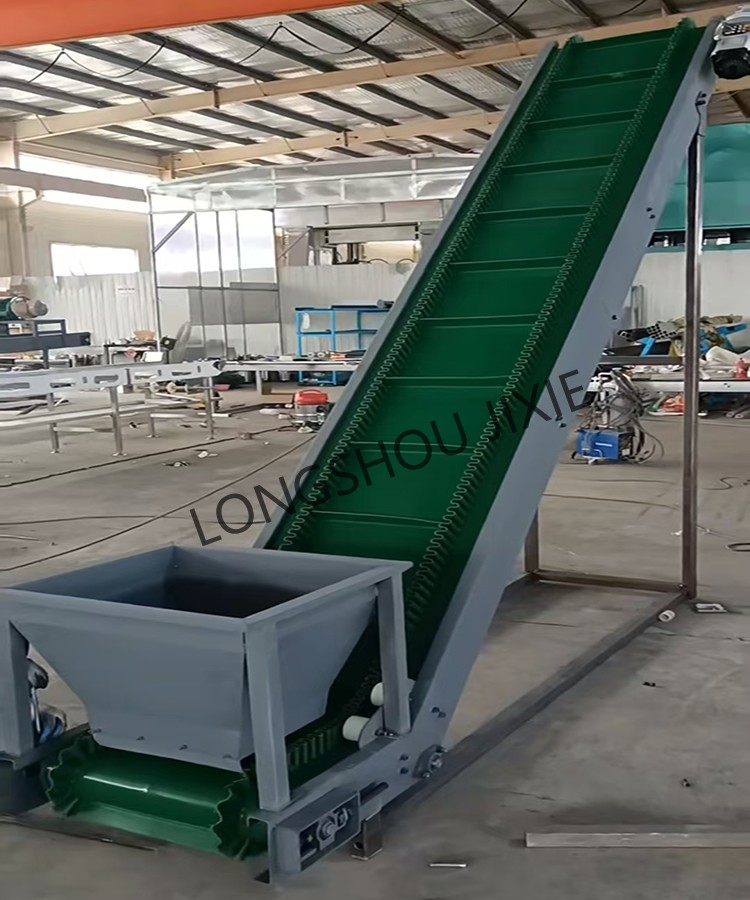
Product Introduction of Belt Conveyor:
The materials of conveyor belts include various materials such as rubber, plastic, PVC, PU, etc.
The rack materials include carbon steel, stainless steel, and aluminum profiles.
In addition to conveying ordinary materials, it can also meet the transportation of materials with special requirements such as oil resistance, corrosion resistance, and anti-static.
Using specialized food grade conveyor belts, it can meet the requirements of industries such as food, pharmaceuticals, and daily chemical products.
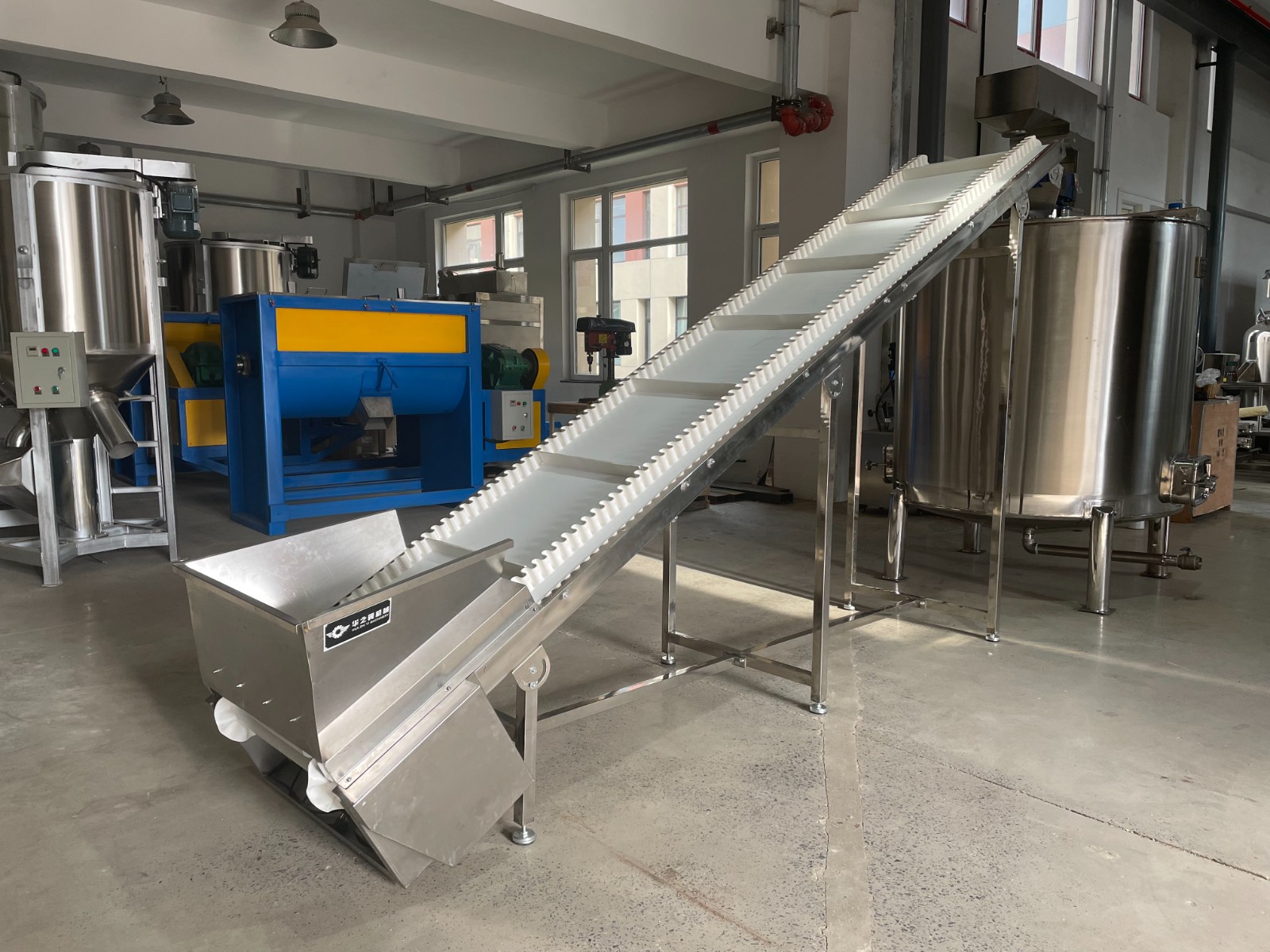
The structural forms of belt conveyors include:
There are various forms of belt conveyors, such as groove belt conveyors, flat belt conveyors, climbing belt conveyors, and turning belt conveyors. Accessories such as lifting baffles and skirts can also be added to the conveyor belt to meet various process requirements. Both sides of the conveyor are equipped with workbenches and light racks, which can be used as assembly lines for electronic instruments, food packaging, and other applications.

Characteristics of belt conveyor
1. The driving methods include: reduction motor drive, electric drum drive;
2. The speed regulation methods include: frequency conversion speed regulation, stepless speed regulation;
3. Compact structure, small footprint, easy maintenance;
4. The equipment operates reliably, has a large conveying capacity, a long conveying distance, and can be used for multi-point material loading and continuous conveying;
5. The conveyor belt is made of various materials such as rubber, plastic, PVC, PU, etc. It is easy to clean, corrosion-resistant, and has a long service life;
6. Easy to operate, unobstructed, easy to maintain, horizontally arranged, and capable of inclined conveying, it is an ideal equipment for conveying grid slag;
7. This device can be linked with supporting equipment for easy control, and can also be connected to a control box on site.


